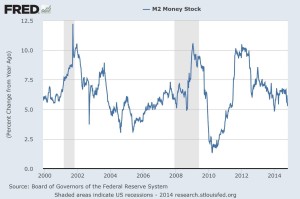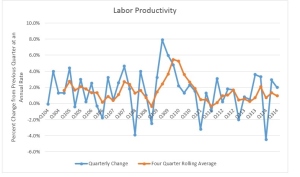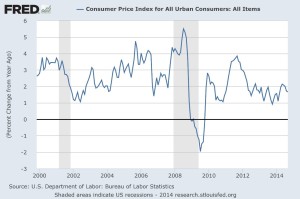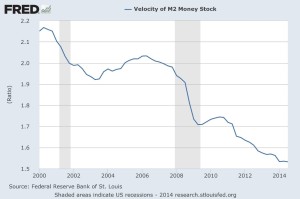Way back when people could entertain themselves without electronic devices, we played a board game called Trivial Pursuit. The bane of my existence in that game was earning the pink entertainment chip, as for some reason I dislike watching movies and TV shows so it was a challenge for me to answer those questions. That’s where I would get absolutely smoked.
I also would get smoked when I would turn my investment theses into trivial pursuit games. All too often I spent countless hours striving for that last bit of information that would perfect my thesis and make my earnings model seemingly impenetrable—at least in my own mind. However the vast majority of investment failures that I have made and have seen others make were not when we failed to uncover that last nugget of new information, it was when the risks of an investment were well known. Our error was underestimating something already known and anticipated, and we refused to challenge our own investment thesis. Our attitude was how can our thesis be wrong when we know the company so well? Many of us have a greater fear of looking ignorant in not knowing every detail of a company when confronted than admitting the weaknesses in our thesis up front in front of our co-workers, superiors, and clients. Too much bravado can be a very bad thing.
In my view, we investors often confuse intelligence with wisdom. Intelligence is the capacity to hold and retrieve information. Wisdom is the humble application of intelligence and experience. Why is it a humble application? Because wisdom is usually imparted by Mr. Market whacking us upside the head, and us actively looking for that proverbial swinging two-by-four aimed squarely at our temple in our future analyses. Getting whomped on the noggin so many times does give you a much better idea of where your weaknesses lie and how you need to know, accept, and yes even celebrate your shortcomings.
That’s why we as investors should try to actively look for and embrace our failures whenever possible and try to find out where we went wrong and how we can improve on our processes in the future. In other words, actively confronting and embracing the lessons learned from failure as often as we can. This includes seeming investment “successes” as well. Through the years I have discovered that many times I was right for the wrong reason (aka lucky), and that by looking for failure in my analyses that are disguised as successes has been equally as helpful.
Therefore perhaps we should spend much less time on that incremental bit of information about a product in a company’s product line that might move your model by less than 5% and spend more time looking for, embracing and learning from our failures. We might not win the Trivial Pursuit game (and earn that elusive pink entertainment chip), but we may just win the investing game in the long run.









